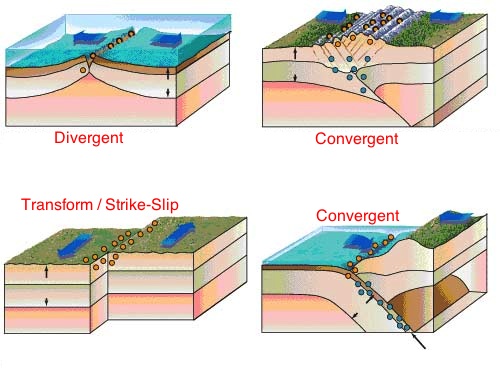Plate Tectonics Project Blog 3/30/18
Summary: This week in science we completed our Plate Tectonic Projects. What we had to do for this project is choose what our presentation was going to be about (I chose to do mine on earthquakes and fault lines in Northern California) then create a written report and 3 minute ignite presentation on active fault lines in Northern California. What I learned through doing this project is all about active fault lines, and more specifically in Northern California. What I now know about faults in general is what a fault is, what an active fault is, why an active fault is a hazard, how to prepare for an active fault, and more. What I now know about faults in Northern California is the most dangerous faults in Northern California, the history of faults in Northern California, why Northern California has earthquakes and faults, and more.. A fault is a fracture in the earth's crust that is created through a transform boundary where earthquakes occur. An active fault is

